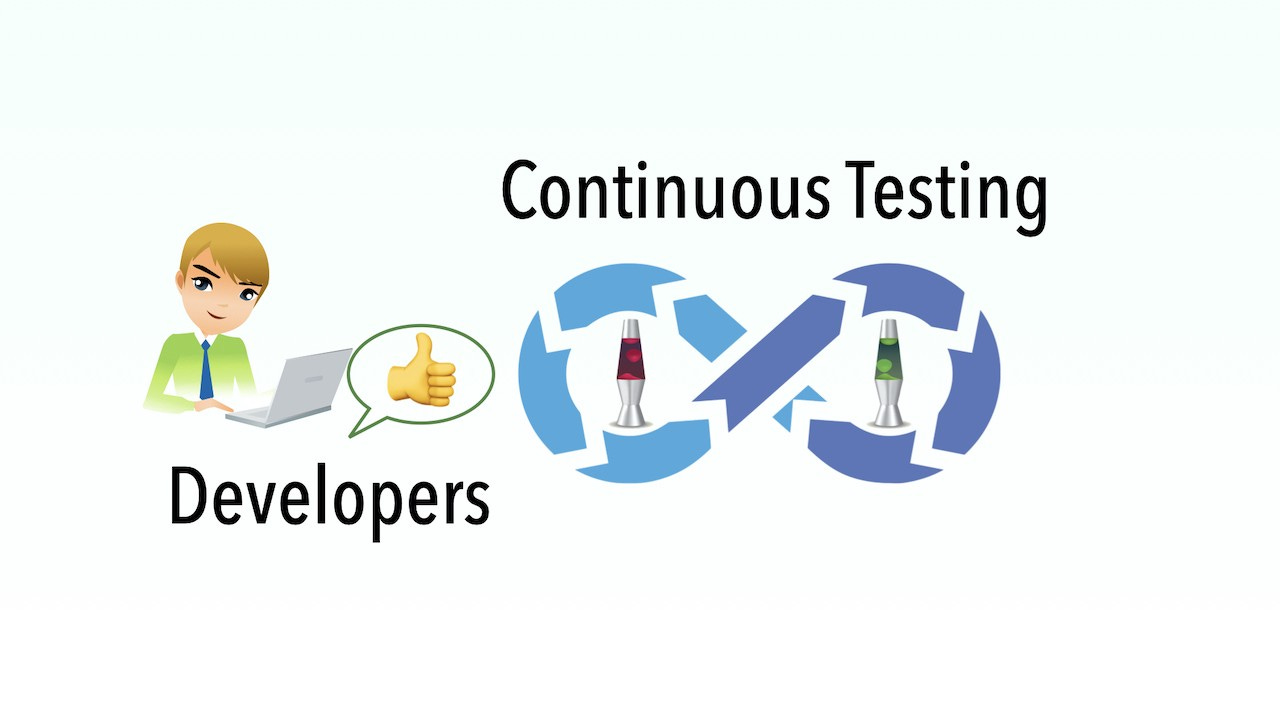Benefits of Continuous Testing (Part 4: for Wise Developers)
Programmers get more productive and satisfied.
Continuous Testing (enables software teams to push software updates to production daily, not fake CI/CD talks. Check out “Continuous Integration at Facebook” and AgileWay Continuous Testing Grading) is the heart of the software development process. It benefits all stakeholders of a software project.
Testers (automated & manual)
Developers spend 50+% of their time doing manual testing, anyway

You might have heard about the joke above before, of course, it went too far. But at least give you a perspective that programmers do spend a lot of time fixing wrong code. As we know, testing is a part of bug fixing.
If I tell you that programmers who work in an agile team, typically spend over 50% of their time on functional testing applications, you will probably be surprised. As a matter of fact, as a professional programmer for over 20 years, I would say 50% is a conservative figure. I have to admit that I only realized this after I mastered real test automation, which helped me to see this fact plainly.
Let’s examine how a programmer implements a new software feature (e.g. user story) for a web app.
Design
Write/debug code
Unit testing (only good programmers can really do this well)
Deploy to the local server instance
Verify the functions: open browser, log in a user, …, etc.
If issues are detected, go back to step 2.
Step 1 (Design) is usually quite light in agile teams. Among the four repetitive steps (2–5): Steps 3 & 5 and a part of Step 2 are testing activities, while Step 4 (Deployment to local server) shall be lightning-quick. Therefore, the time spent on it is neglectable.
In the context of web applications, a lot of work involves tweaking CSS and JavaScript, which require repeated verifications.
Now consider these:
Keep reading with a 7-day free trial
Subscribe to The Agile Way to keep reading this post and get 7 days of free access to the full post archives.


